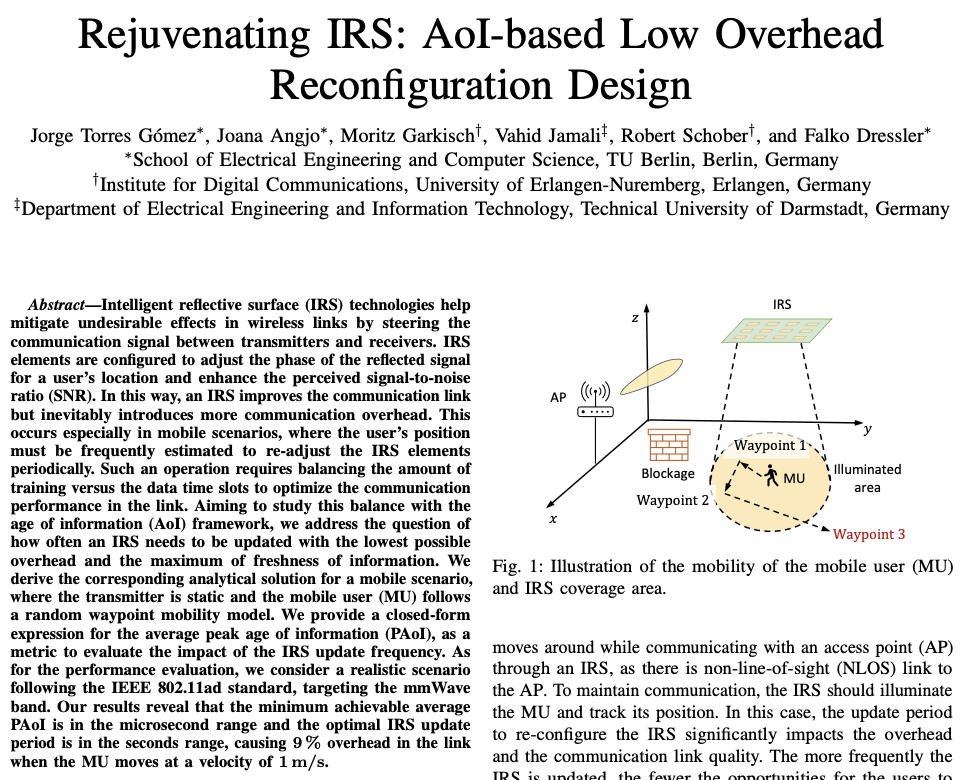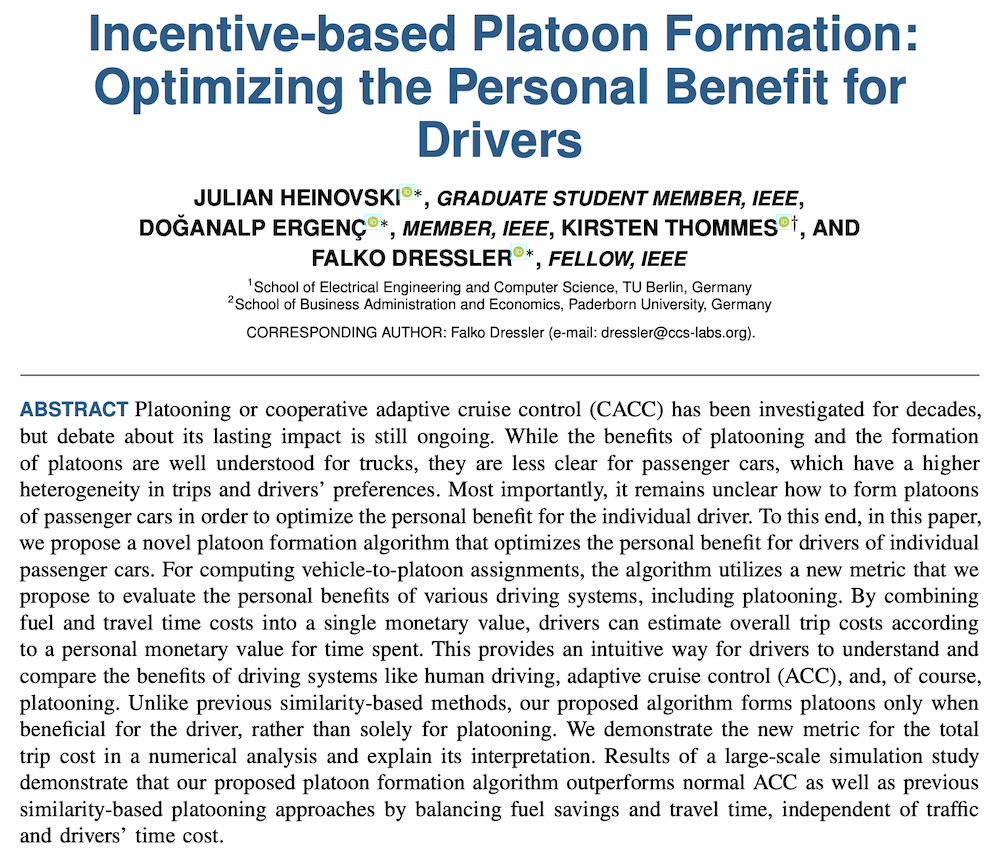Literature Database Entry
fischer2023potential
Jan-Thomas Fischer, Michael Neuhauser, Anselm Köhler, Felix Oesterle, Anna Wirbel, Oscar Dick, Wolfgang Fellin, Robert Winkler, Rene Neurauter, Johannes Gerstmayr, Jonas Kuß and Falko Dressler, "On the potential of particle tracking in snow avalanches," Proceedings of International Snow Science Workshop (ISSW 2023), Bend, OR, October 2023, pp. 48–55.
Abstract
Knowledge of particle motion in snow avalanches is crucial to understand the driving processes, determining transport phenomena or to quantify the avalanche's destructiveness and mobility. To investigate the dynamics of avalanches on a particle level we concentrate on the combination of two approaches: measurement data of a newly developed inflow sensor system, the so called AvaNodes, and simulation results of the thickness integrated computational module com1DFA, recently introduced within the open avalanche framework AvaFrame. The AvaNodes travel with the avalanche flow as synthetic particles. Equipped with a global navigation satellite system (GNSS), it is possible to record particle trajectories with corresponding velocities. Com1DFA is based on a numerical particle grid method, which due to its open-source structure allows for the direct implementation of numerical particle tracking functionalities. The combination of these two fundamentally different methods directly implies the question of comparability between simulations and measurements. We approach this by comparing the measurement and simulation data on a particle level and introduce a common reference system, an avalanche thalweg following coordinate system. The coordinate transformation and resulting, natural avalanche path perspective allows to investigate and compare the spatio-temporal evolution of velocities and to define travel lengths or travel angles in a standardized manner. Furthermore, this analysis allows us to distinguish distinct avalanche flow phases and their features on a particle level. With this work we highlight the potential and current limitations when comparing synthetic particle sensor systems to numerical simulation particles with an example of an observed avalanche event at the Nordkette test site, providing a first insight of how the presented methods can be used in terms of optimization and evaluation of simulation tools on a particle level. The analysis of the AvaNode sensor data points towards future potential in investigating the influence of snow and particle properties, such as size, shape, or density, on the avalanche flow.
Quick access
Authors' Version ![]() (PDF on this web site)
(PDF on this web site)
BibTeX ![]()
Contact
Jan-Thomas Fischer
Michael Neuhauser
Anselm Köhler
Felix Oesterle
Anna Wirbel
Oscar Dick
Wolfgang Fellin
Robert Winkler
Rene Neurauter
Johannes Gerstmayr
Jonas Kuß
Falko Dressler
BibTeX reference
@inproceedings{fischer2023potential,
author = {Fischer, Jan-Thomas and Neuhauser, Michael and K{\"{o}}hler, Anselm and Oesterle, Felix and Wirbel, Anna and Dick, Oscar and Fellin, Wolfgang and Winkler, Robert and Neurauter, Rene and Gerstmayr, Johannes and Ku{\ss}, Jonas and Dressler, Falko},
title = {{On the potential of particle tracking in snow avalanches}},
pages = {48--55},
address = {Bend, OR},
booktitle = {International Snow Science Workshop (ISSW 2023)},
month = {10},
year = {2023},
}
Copyright notice
Links to final or draft versions of papers are presented here to ensure timely dissemination of scholarly and technical work. Copyright and all rights therein are retained by authors or by other copyright holders. All persons copying this information are expected to adhere to the terms and constraints invoked by each author's copyright. In most cases, these works may not be reposted or distributed for commercial purposes without the explicit permission of the copyright holder.
The following applies to all papers listed above that have IEEE copyrights: Personal use of this material is permitted. However, permission to reprint/republish this material for advertising or promotional purposes or for creating new collective works for resale or redistribution to servers or lists, or to reuse any copyrighted component of this work in other works must be obtained from the IEEE.
The following applies to all papers listed above that are in submission to IEEE conference/workshop proceedings or journals: This work has been submitted to the IEEE for possible publication. Copyright may be transferred without notice, after which this version may no longer be accessible.
The following applies to all papers listed above that have ACM copyrights: ACM COPYRIGHT NOTICE. Permission to make digital or hard copies of part or all of this work for personal or classroom use is granted without fee provided that copies are not made or distributed for profit or commercial advantage and that copies bear this notice and the full citation on the first page. Copyrights for components of this work owned by others than ACM must be honored. Abstracting with credit is permitted. To copy otherwise, to republish, to post on servers, or to redistribute to lists, requires prior specific permission and/or a fee. Request permissions from Publications Dept., ACM, Inc., fax +1 (212) 869-0481, or permissions@acm.org.
The following applies to all SpringerLink papers listed above that have Springer Science+Business Media copyrights: The original publication is available at www.springerlink.com.
This page was automatically generated using BibDB and bib2web.





